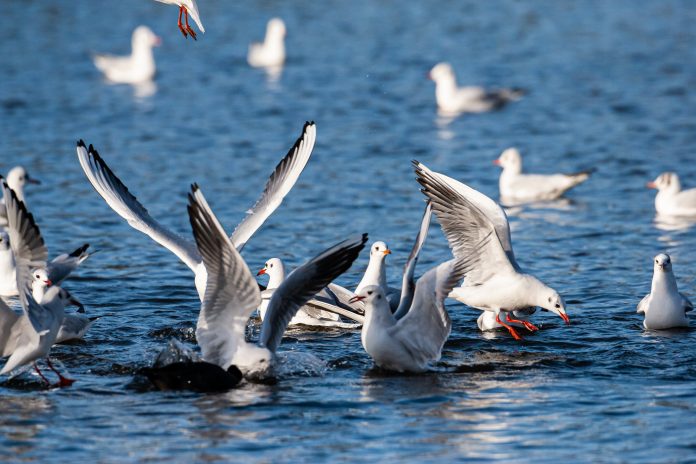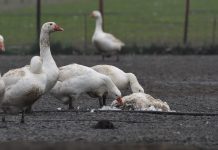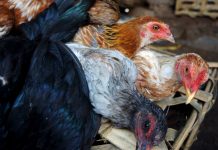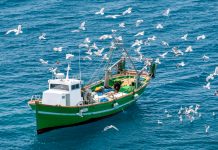The UK’s wild bird population faces a significant threat as the bird flu outbreak leads to worries about breeding populations and the discovery of numerous deceased birds on coastal shores
This year, bird flu has killed over 7,000 seabirds across multiple precious UK colonies, according to the National Trust.
Long Nanny, situated along the Northumberland coast, has raised additional alarms regarding its influence on breeding populations.
Long Nanny, Britain’s largest mainland Arctic tern colony, is one of several coastal regions experiencing the same issue.
Protecting and tracking the UK’s wild bird population
Bird colonies on the Farne Islands, located off the Northumberland coast, Cemlyn in Anglesey, northern Wales, Brownsea Island along the southern coast of Dorset, the Pembrokeshire coast in southern Wales, as well as portions of the eastern and northern coastlines of Northern Ireland, are also grappling with this problem.
UK chief vet Christine Middlemiss said: “We recognise that the current outbreak of highly pathogenic avian influenza poses a significant threat to the UK’s wild bird populations and share the concerns about the impact on breeding populations, particularly seabirds that nest closely in large numbers.”
James Porteus, area ranger at Long Nanny, has said the impact is “heartbreaking”.
“At least 8% of the breeding population of Arctic tern adults died this season, along with roughly 40% of the Arctic tern chicks.”
At least 8% of the breeding population of Arctic tern adults died this season
In Cemlyn, Wales, over 1,200 deceased birds were gathered, with 771 of them identified as Sandwich Terns.
Bird flu outbreak: Birds washing up on beaches
The Pembrokeshire shoreline was similarly impacted; numerous dead birds were washed up on the beaches. 650 birds, mostly chicks or juveniles, have died on Brownsea Island in Dorset.
In Northern Ireland, National Trust rangers reported collecting 21 dead common terns from Cockle Island, an offshore breeding colony.
Farne Island, located off the Northumberland coast, has also significantly lost thousands of birds this year.
Vulnerable colonies
In 2022, an avian flu outbreak killed 6,000 birds, making the current crisis a significant drop. The National Trust associates the decline in bird numbers partly with the islands being closed to tourists.
Rangers have taken measures to eliminate the carcasses of deceased birds to prevent the spread of the disease.
Harriet Reid, area ranger on the Farne Islands, which are looked after by the National Trust, said: “As soon as we became aware of the presence of avian flu within the bird population, we did everything possible to restrict the spread of the disease and closed the island to visitors.
“Removing the seabirds as soon as we find them does seem to have made a difference – the number of dead birds picked up on the islands is down by 39% on last year – but we need to rapidly understand what more we can do to protect these precious seabirds.”














